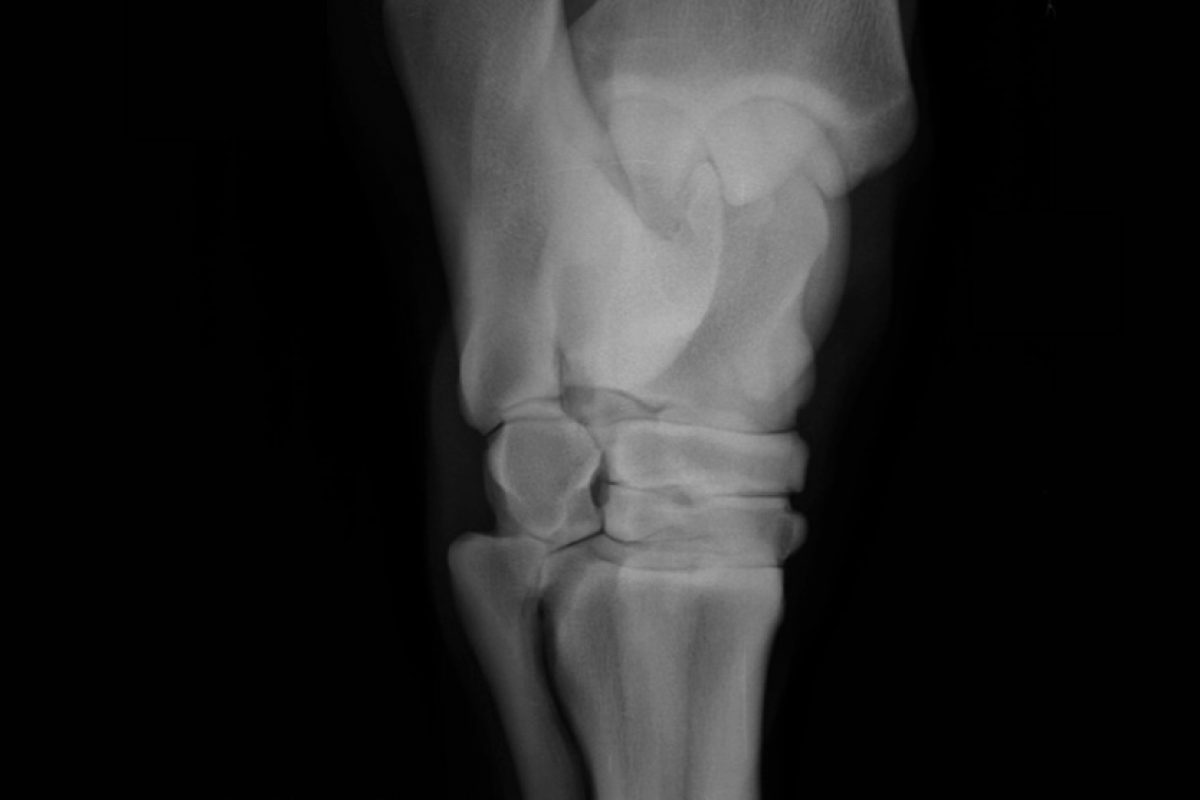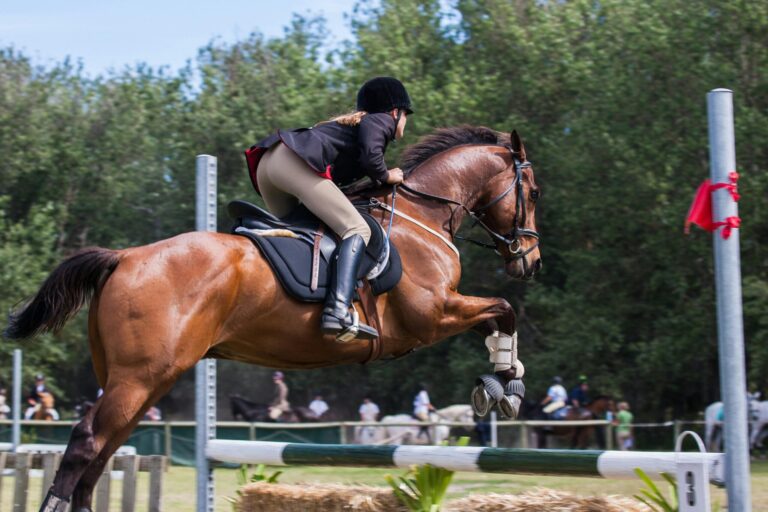SEL represented the seller of the horse, who owned the horse for more than 20 years. Seller stated (confirmed by multiple written witness testimonies) that the horse was never lame and always sound. Due to personal issues in life the seller decided to sell the horse to the son of a friend of her. A full vet check was performed and the veterinarian gave the advice: ‘acceptable risk’. No MRI-scan was performed. A couple of days after the delivery of the horse a farrier threated the horse and attached new shoes. A few days later the horse was suddenly lame when lunged. The buyer brought the horse to the same veterinarian who performed the pre-purchase examination and because of the fact the horse did not recover sufficiently a MRI-scan was performed. Result: damage of the bone oedema in the coffin bone, the horse was not suitable as a dressage sport horse in the future.
The seller annulled the agreement and claimed damages from the buyer as well as the veterinarian, stating that the horse did not comply with the agreement, because only a couple of weeks after the delivery of the horse the veterinary opinion was that the horse was not suitable as a dressage sport horse in the future and according to the buyer these findings were not new. The Court dismissed the claims of the buyer. There was no consumer purchase and the buyer did not proof sufficiently that the horse suffered from the injury in the coffin bone at the moment of delivery. Also the claims of the buyer against the veterinarian were dismissed: performance of a MRI-scan is not standard during a pre-purchase examination so there was no professional misconduct at the side of the veterinarian. The problem of the buyer was that the lesion in the coffin bone could be the result of a long term progressive condition or the result of an acute injury. As there is no consumer purchase the buyer needs to convince the judge with proof that the problem was there at the moment of delivery of the horse. When an injury could have multiple causes the risk of not being able to proof which cause lead to the non-compliance of the horse is on the buyer.
The client was represented by Luc Schelstraete and Amanda Brouwers.


